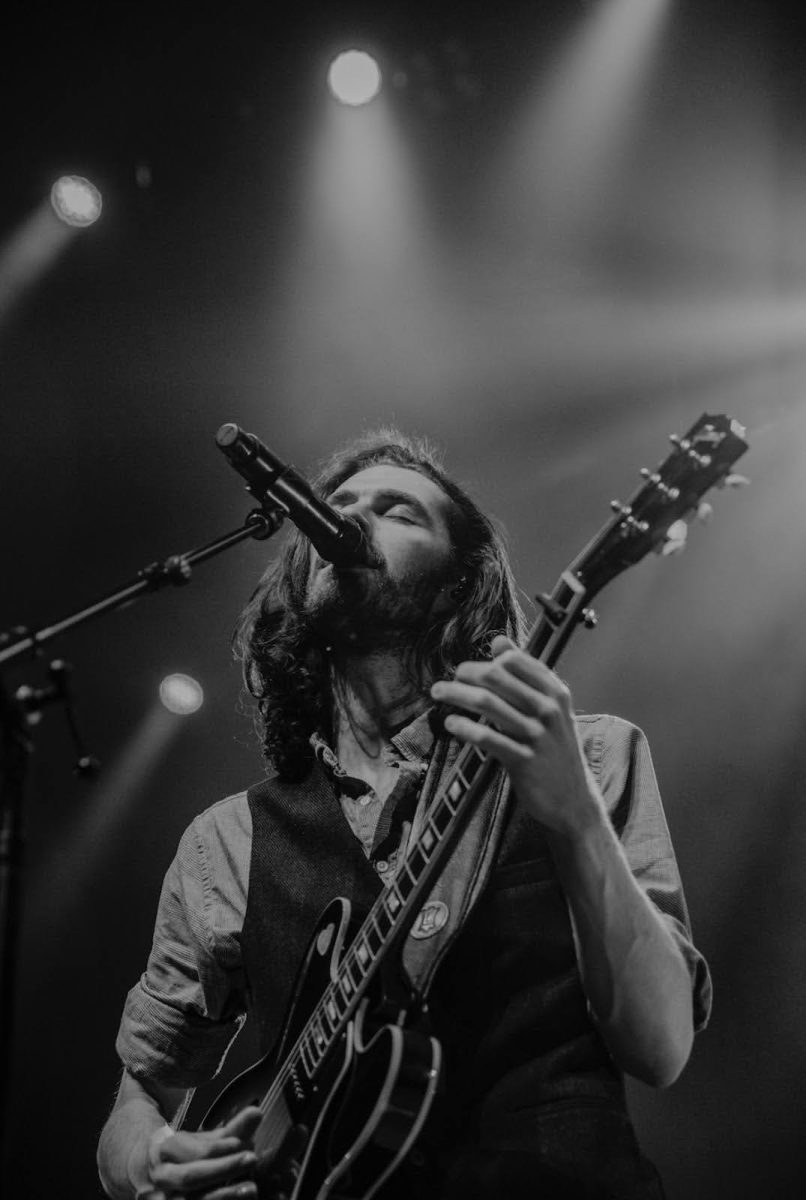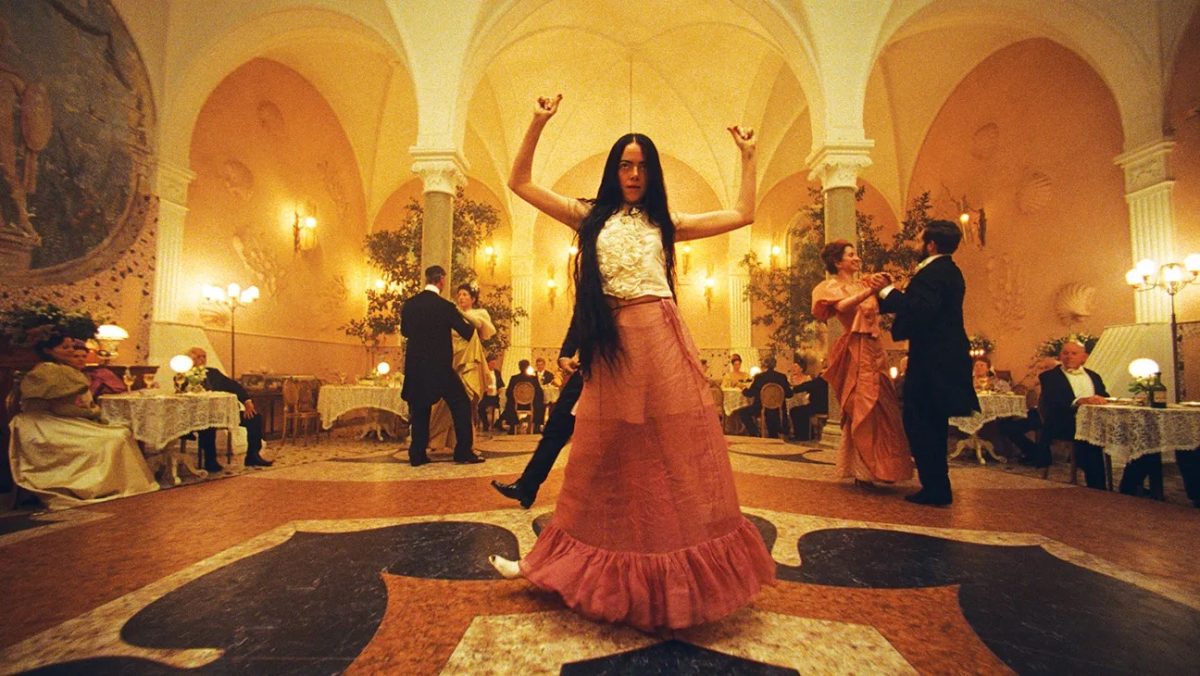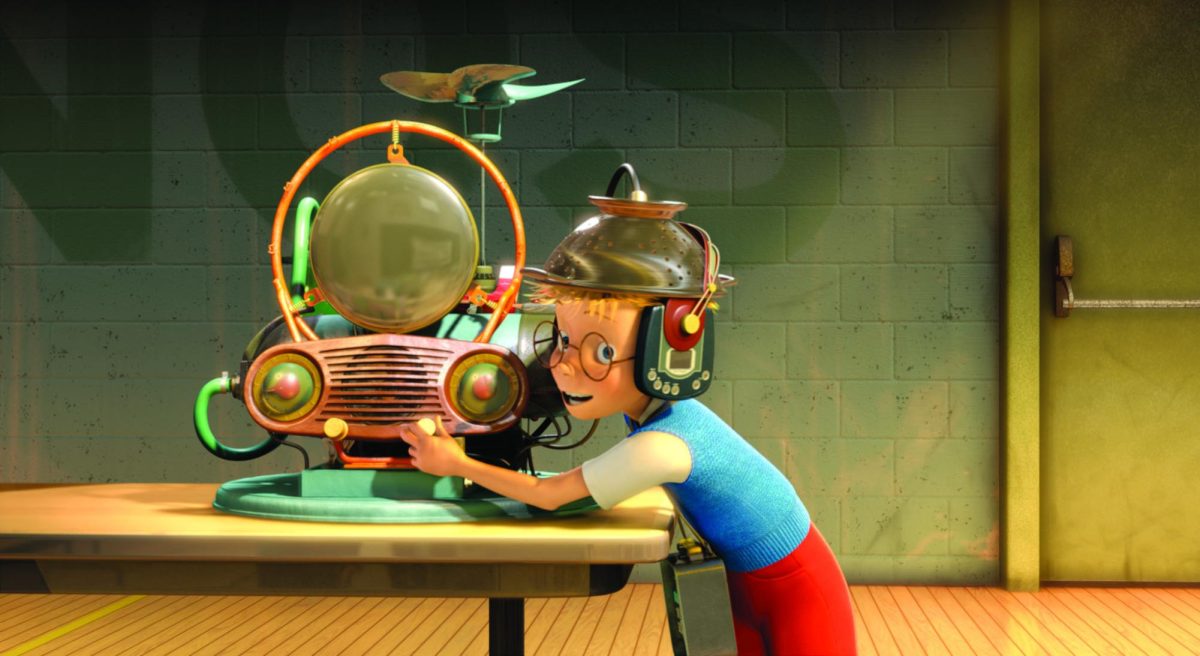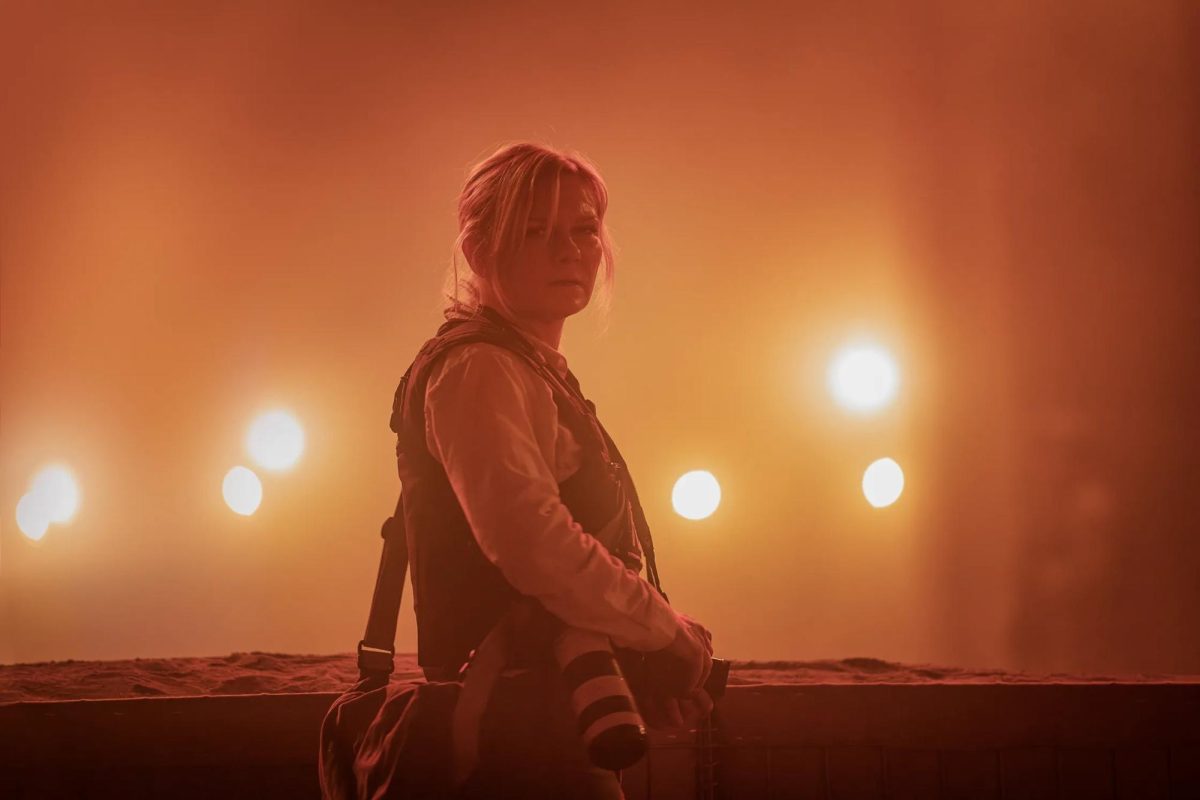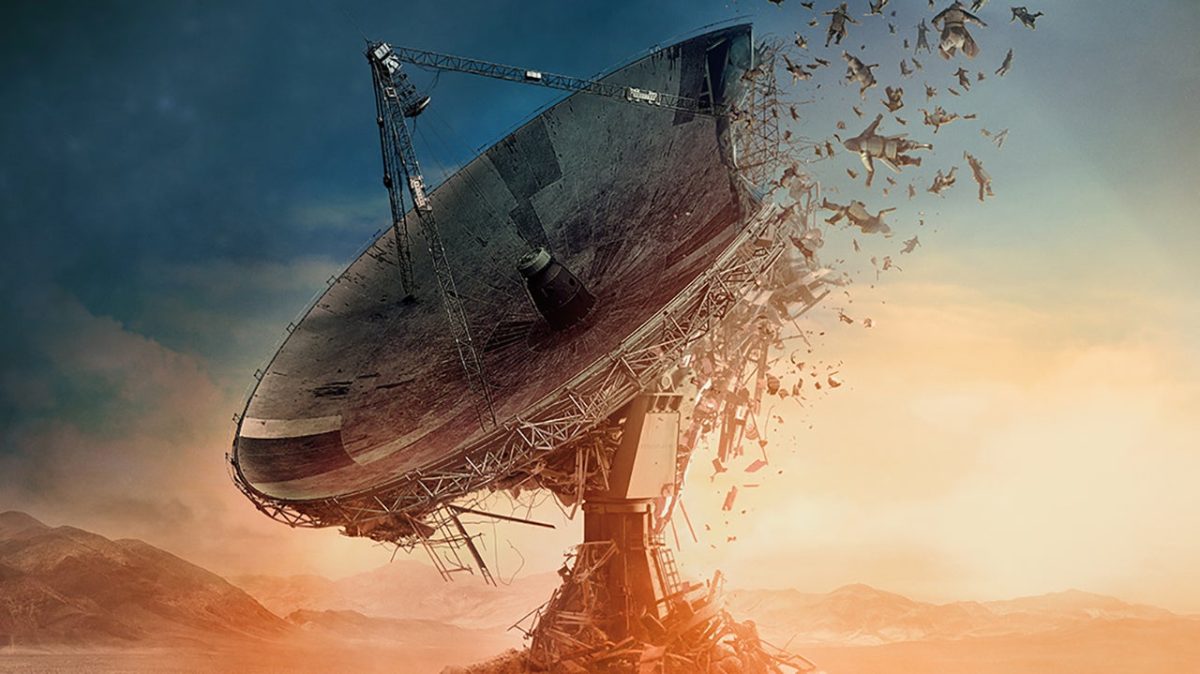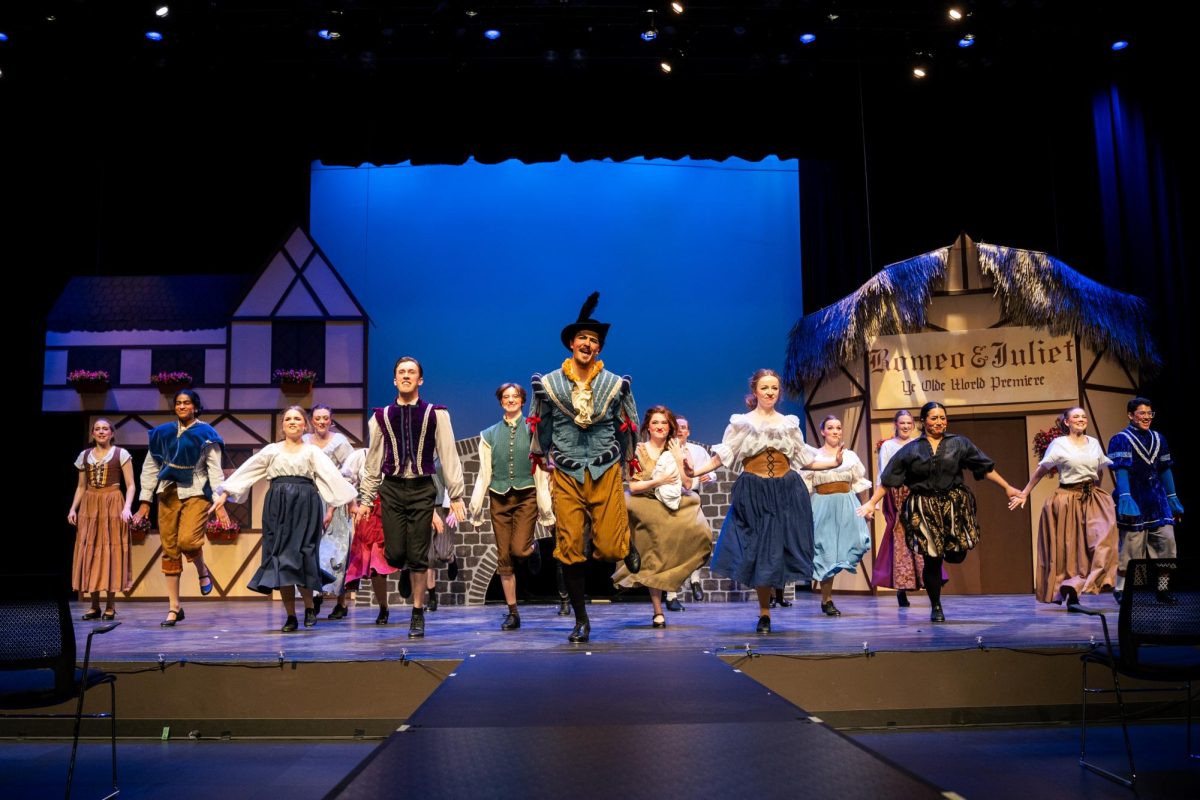Shannon Kawika Phelps is a rare teacher who offers rarer arts. A martial artist, he has walked both the persimmon path and the thin red line. He has also traversed the world from the Northern territories of China to the ivy walls of Harvard. He was a soldier in Vietnam, an officer in Syria, a scholar at Stanford, a tourist in Hong Kong and a stranger in the United States.
But he was always a martial artist in form and practice.
What Master Phelps divulges to his advanced students are not only the ancient dances of his martial traditions, but their history and relevance. Therefore, the Daruma dance is taught in accordance with a short course in Buddhist cosmology and theology. You not only perform the dance, you know why the dance is performed. However, most martial arts schools rarely give a course in comparative religion between their crescent kicks.
Master Phelps and his school, the Temple of the Full Autumn Moon, take a more traditional approach. Master Phelps’ beginning students learn how to kneel “”properly”” for their first few weeks, while other institutions may have you kicking and punching by the first month. It is a humbling and authentic experience that weeds out faint-hearted students.
There is no modern definition for Master Phelps. This might be because he follows traditions thousands of years old. Modernity has overlooked these archaic lifestyles. However, one can travel back to the medieval courts of Zhou China and find the appropriate term of “”wen wu xing,”” or, “”scholar warrior.””
The scholar warrior defined himself through his actions, developed a wide variety of skills in both the arts and sciences. He was poet and boxer, doctor and swordsman, musician and knight. Master Phelps has played all of these roles in the span of his life, making him the closest modern prototype of the scholar warrior, one who practices as well as teaches.
The following is an interview with Master Phelps on defining the martial arts as well as the techniques for teaching such esoteric art forms.
How would you define the martial arts today?
When you say the martial arts, it’s like saying, ‘What kind of automobile are you driving?’ General Motors? Well, it could be anything from a little Chevette, to a GMC truck to a Cadillac or a Chevy.
So it’s very difficult to pin that down. It’s too wide a term and there have been too many angles allowed to diversify in this community. And when I say ‘community,’ I mean the Western community, American community. So you can’t answer that question directly because there are too many spokes, you see.
The martial arts as they were originally taught in medieval China and Japan, they had one purpose — the ultimate concerns of the human endeavor: life and death.
That’s all it was, whether it be peasants defending their village or it be samurai defending their country or nationhood. Whether they were defending or invading, it was life and death. That’s what the martial arts meant, originally. That original battlefield art was very specific; it had a very parochial purpose.
But human endeavor never allows anything to only have one purpose, ultimately, so it evolves. And the different elements of the human psyche were able to take that life-and-death sequence that the battlefield arts represented and transform them into different values.
They began to see the essence of the psyche from such delineations. It could be religious or leadership qualities. It could be filial piety or it could be maintaining the discipline of the village or community by using hierarchy and the respect for elders, the discipline the arts required. It could have been related, ultimately, as you see now, in the more modern period where we have a stable and more ‘civilized’ environment.
Since the battlefield essences were not nearly as prevalent or as powerful as history progressed into more peaceful times, the human psyche continued to evolve around the individual, rather than the community.
In those days, it wasn’t about the individual. It was about defending the village or collective. It was about the larger unit where you were just one cog in it.
Well, as the individual became more important, this is what the psyche extracted from those martial arts: an emphasis on health, meditation, spirituality, form, sport, performance. All of those things are the modern fruits of what the battlefield masters were dealing with: self-defense.
For instance, when someone comes into my school and they ask me what they can learn here, I ask what they want to learn. They reply, ‘I want to learn self-defense.’ Well, my first question is, ‘What self do you wish to defend?’
You see, the onus is on the student to learn. When I teach, I teach as if it were rain passing over an area of the geography. The rain is the same, but some of the little bushes take what it needs to nurture themselves, some of the larger bushes and trees take what they need to nurture themselves. But the rain doesn’t give a little here and a little there. It rains.
So the way I look at martial arts, I teach it the way it was originally taught: I teach the way it was taught 200 years ago for the battlefield. I’m interested in those life-and-death sequences. I consider it such a multi-dimensional idea, which is the reason I teach it the way it was taught then.
Now, I realize some people are going to be more interested in one area while others will want to concentrate on others. That’s why I call my training Wu Shan Fa, Five Mountain Method. Or in Japanese, Go Zan Ryu. And what that means is that I wish my students to climb five mountains.
I wish them to climb the first mountain which is the physical, learning how to close their openings on the physical level using the martial disciplines, the movements of martial forms.
But also, I want them to climb the next mountain, the sensual mountain, [which is] acknowledging the five senses, learning to become more aware of the environment around them.
Then the mental level, strategy. Always learning to think ahead, constantly in as state of chess or go.
Then there’s the emotional level: my values and desires and how fluctuating I become in terms of rising high or sinking low to depression. It is the mountain where you learn how to balance your emotions so they don’t give you away or, more importantly, don’t lead you into an area where you embarrass or hurt someone else.
And then the ultimate level, the fifth mountain, the spiritual mountain. What is that? Well, it encompasses all the others. How so might be a little different for each student, so I try to rain the same on all five of the mountains.
The physical level usually means the most for my beginning students. Physical self-defense. I say, good. The principles of physical self-defense are basically learning the same principles in all the other models, but they have tangible evidence of their success. Somebody comes at them, they defend against that. But ‘that’ can be a metaphor.
That person attacking you can be a Twinkie sitting on the counter — that’s attacking you too, sometimes on a deeper level. It can be a metaphor for anything attacking you, whatever it is that is enticing you, intimidating you, threatening you. And it’s learning to have composure under pressure to learn how to deal with these obstacles. Within all of my martial arts training, the forms and movements were taught as metaphors, some cosmic and some intrinsic.
So you see, now I’ve gone from the battlefield to a realm that is relevant to any event in your daily life. It doesn’t take long to get there, but it requires a proper guide.
Of all these different schools, which one is teaching the proper art?
Well, I have my own druthers. Otherwise, I wouldn’t have my own way. However, I try to find a way to respect all of the teachings. Some teach the young people for trophy and sport. I do not. I can criticize that, but on the other hand I’ve seen these young people smile and become better citizens because of that. Other people teach it for performance and for the beauty in the art. I give them credit for that, even though that has limitations as well. Tai Chi Chuan is a good example.
Tai Chi Chuan is the queen of all the martial arts, also the most ruthless if people really understood the history and tradition of that art. There’s a reason why those Tai Chi masters are so famous. It’s because they were winning. And who they were defeating were the best martial artists, the best Gung Fu masters in all of China. Masters like Fu Zhen Song were cleaning their clocks.
But what we see today are the gentle movements. And what the masters also extracted from that art was another value, not just combat, but the art of proper health. The art of proper breathing and body movement, biomechanics. Other people saw value in the art of meditation, meditation in motion. All of those are true of Tai Chi: combat, health, meditation.
Some people emphasize one, some emphasize others. Are they wrong? No. My own personal feeling is that when you emphasize one thing too much, it no longer becomes Tai Chi. It’s something else they’ve derived from Tai Chi. But it requires all three of the elements for the art to truly manifest.
Not everybody agrees with me, but that’s where I’m coming from. I teach Tai Chi for combat whereas most others do not. They assume to teach karate or boxing because Tai Chi is too complex. I cannot do that because I feel as if I would be diluting the art. But, that doesn’t mean I’m not concerned with the meditation or the performance. So I try to teach on all three levels. Not everyone is happy with that.
How do you go about teaching such disparate styles without losing their individual integrity? How do you avoid confusing students with conflicting principles?
For 12 solid years, I wrestled with these questions. My answer is this school, the Wu Shan Fa: the Five Mountains. So when I teach the Saito Ninjitsu, my students know they’re getting Saito Ninjitsu. I teach the Fu Style Ba Gua Zhang Tai Chi, and they know it’s the Fu style and how it’s different from the other forms. There are elements of the Hula. You can’t directly teach that art form, but they get a sense of what it is. The Dai Lao Hu Gung Fu — that’s another art that was developed in the temple, taught by the temple and not so easy to teach because it wasn’t about learning forms, it was about developing an attitude. It was a much more esoteric art.
So what I had to do with all of these styles was find a common denominator. What is the common denominator? Each of these arts were born, bred and nurtured on the battlefield. None of them is from a studio or training camp off to the side. None of them, in any shape or form, is done for its own sake where teachers handed down certificates to students to make some money.
These arts: master Fu Zhen Song, the Saito clan, the art of Lua, the Dai Lao Gung Fu — all of them had that one thing in common. They were nurtured in the battlefield. What is the battlefield made up of? Human beings. And there is only so much human beings can do with only two arms, two legs and one head. Its amazing how much we can do, but nevertheless, it does limit us as opposed to three arms or four legs.
The battlefield is where men’s lives are at stake. And I’m not talking about two guys dancing around and slap boxing. I’m talking about arrows flying and cavalry charging and the real world of men wanting to kill each other — only so much is going to work out there. And the principles that survived, survived because they worked. The ones that didn’t were lost on the battlefield. You’d come home from the battle and you’d tell your sons and grandsons what were effective.
Quite frankly, I think most of these other styles have a problem with that; they weren’t bred in the battlefield. They’re much newer, they come from studios and civilized peaceful environments where they became diluted into sport and competition. That’s not wrong. Those are legitimate ways of using these arts. However, there’s an older way and that’s what I teach.
My job is to teach principles; to make myself unnecessary as my students begin to catch on. The Fu family and the Ba Gua arts are very similar in principle to the Saito Ninjitsu because they were formed out of the same combat environment. It doesn’t matter if was China or the Middle East or Japan or Medieval Jerusalem with the Knights of Templar. Basically, it was the same principle involved — survival against hordes of others just like me fighting and advancing.
So, I see the movements in the Fu family and I see how Saito Ninjitsu, the stylings, fit into each other. Although their interpretations of combat are unique, similar principles can be found with each tradition.
So when I teach Saito Ninjitsu, my students know what they’re getting and when they learn the Fu style Ba Gua, they know it’s just Ba Gua. However, when it comes to the applications, and I start showing how to break these down and make them functional, then I teach them how the two are informing each other. So the two arts — rather, all the arts within the Wu Shan Fa — are informing each other constantly.
Can you comment on the Lua?
Everything said of the Lua is false, especially by those who say they know the Lua. [Phelps chuckles] Lua means pit. It’s the same word for latrine so it sounds low and base. The Lua was not the warrior’s art. The warriors went out with their weapons and their shark’s teeth and had great battles.
But, the Lua was not like this. It has no weapons, well, that’s not so, maybe this potted plant or maybe the musical instruments of the hula to ward off somebody. But the Lua master’s job was as a priest, he was not a warrior. He was the royal protector of the king’s court. So they were closely kept, very quiet and shy. They also practiced very privately.
The true Hula master uses no weapons. He opens his palms up like this which signals, ‘come, relax.’ But he also has his hands open, to sense the world around him. You don’t mess with a Hula master. They’re magical. Their art is purely spiritual and it’s hard to beat such arts because there is such intensity in their drive. They had no fear, but they also had no desire to harm anything.
So they’re good people. They also had the higher moral ground and that makes them dangerous, you know. [He chuckles again] Have you ever seen a big dog attack a smaller dog? Big dogs have the advantage unless they’re in the little dog’s territory. And for some reason, the little dog chases off the big dog. Why? Not because the big dog isn’t stronger; it doesn’t have the higher moral ground, it’s not in his territory. So even the big dog has to respect this imaginary boundary. Human beings do this too on a subconscious level.
The attacker knows that he is wrong. He doesn’t have the moral ground — he knows this because he’s human. The priest understands this because he understands human behavior to a high degree.
He must understand human behavior because he must understand his own. To become a priest, you must purify yourself of your own ‘behaviors.’ So, the priest already understands this about you because he’s already reflected upon himself. He sees your weakness and he can use it to either take your life or save your life.
So the Hula master is also a healer as well as a teacher. The Hawaiian Lua art is about receiving energy, grace, and to use that grace to maintain dignity and propriety in the environment.
A person like that is hard to beat because he has God behind him like the Muja-Hadeen of Afghanistan. The Koran has told them they have the support of Allah. The Shaolin priest is also dangerous because he believes that all his actions are meant to support harmony. He is not a warrior, but a healer.
This is what the Lua master is about: grace. And I tell you, if you’ve ever been hit by a Lua master, you feel the grace.
On the present state of martial arts and its future.
I am very rare. These arts are very rare. These comments I’m making to you are very rare. They’re very rare not because people haven’t said something like this, but because they turn into some cute aphorism and go on to be less than what they preach.
So, right now is not a good time. The arts are responding to the lowest levels of our human conscience right now. And that’s not good. But I believe good things come out of bad. It’s just not a circle of good and bad. Its more like a spiral of evolution.
I preserve the optimism that my kind of teaching, my kind of traditional art, will come back and grab hold of them. If I gave up on that, it wouldn’t be there for them. But right now, that’s not what they’re seeking; they’re still seeking the fruit.
There are two different attitudes in martial arts today that I look at. One is the ‘look at me’ attitude — the trophies and belts and magazines and celebrity. I’m still teaching the ‘awareness all around me’ attitude — a very different way of thinking.
And when I judge a school, and I do, I’m as prejudiced as all of the other egotistical guys out there who do this stuff. I say, ‘Is he teaching “”look-at-me”” or “”awareness-all-around””?’
That I have a concern for. Right now we’re losing that battle. But that will ultimately change, but not for the whole world. I can’t fix the whole world. But, I’ll be there when somebody needs it. Plus, my students are learning so there might be six of me in the next generation. There’s always one more to carry on.
Every sword I teach is double-edged. The Tengu sword is double-edged. It can either be used to take a life or save a life. Martial arts is like this. It can either undermine the best qualities we have to offer as humans or underline those qualities.
If the teacher is underlining such qualities, I have no problem with the art he’s teaching. If he’s undermining them [sigh], I sometimes get upset. How do I measure that? I can only measure it through my own prism. And I may be wrong.
So I have to hold even those ideas up to scrutiny as well as levity. If I do that, then all my teachers and I will get along. The master does matter in martial arts. But success is dependent on how you get to the other side.
For more information on Master Phelps or the Temple of the Full Autumn Moon, visit http://tfam.com or call (858) 625-9007.


